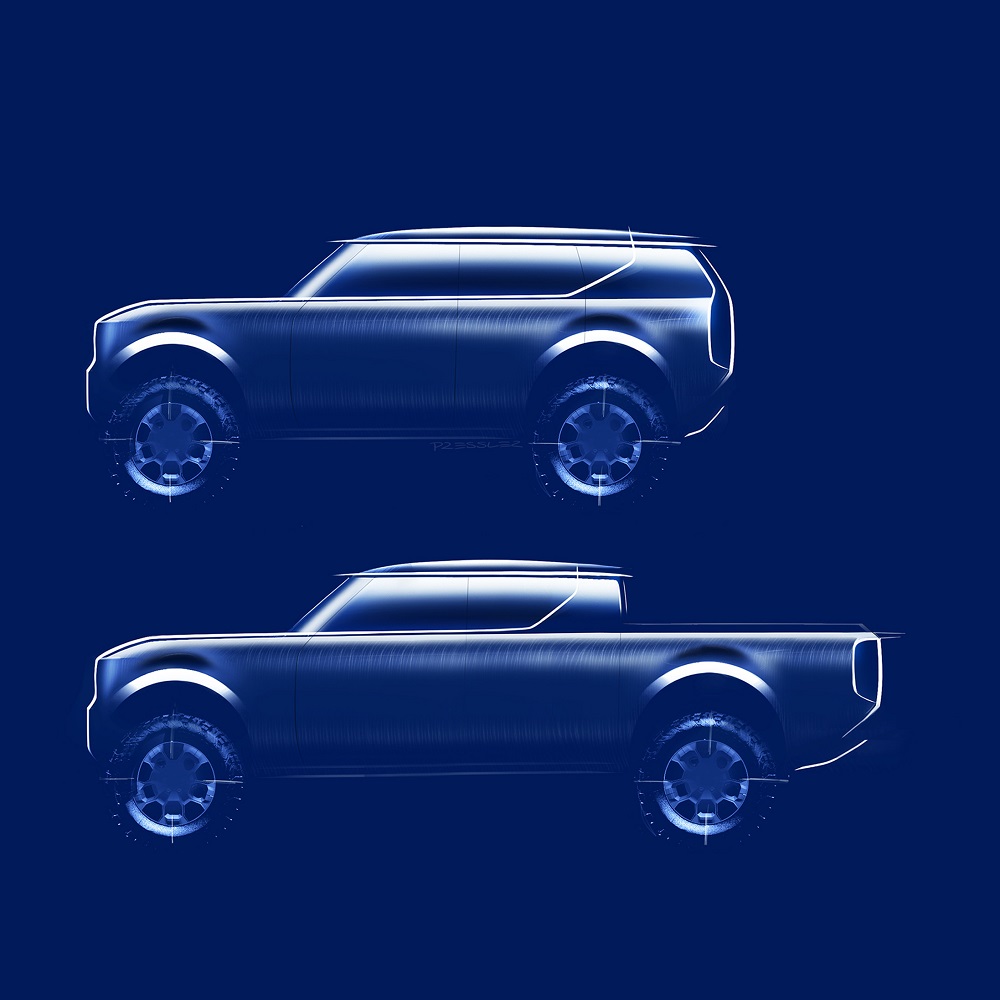PARIS, Jan 21 — New car sales in Europe rose by nearly six per cent in 2014, ending a long slump in activity that began in 2007, but analysts warn the sector has not yet turned the corner in the region.
The European Automobile Manufacturer's Association (ECEA) said last week that 2014 new car sales grew by 5.7 per cent, but noted current volumes of activity remain significantly lower than they were before the global financial crisis that drove the sector into six years of decline.
Europe's continuing economic sluggishness means carmakers are unlikely to be able to repeat 2014's performance, with analysts expecting sales growth to be limited to one to three per cent this year.
A recovery to pre-crisis levels is most likely still years away.
Carlos Da Silva, an auto industry expert at IHS consultants, said that “2014 should be taken with relief and satisfaction.”
“However, by any means, this growth should not be misinterpreted: The foundations for a flourishing car market are yet to be built,” he added.
“Right now, the patient is still limping, not starting to run on both legs!”
The European car sector's convalescent state is clear in comparing the 12.5 million units sold last year to the 16 million which rolled off dealer's lots in 2007 before Wall Street unleashed a global financial crisis.
IHS said it does not expect the market to approach those levels until the end of the decade.
Moreover, activity across Europe varied greatly by market, lacking the generalised effervescence needed to drive enduring growth across the industry.
Among the largest markets, Spain led the sales growth at 18.1 per cent, in part due to a new government incentive programme.
Britain followed with 9.3 per cent growth, Italy at 4.2 per cent, Germany 2.9 per cent.
France managed only 0.3 per cent growth.
“The situation in Europe is still quite contrasted, but it's much better than we expected at the beginning of the year, when we forecast two to three per cent,” noted Jean-Francois Belorgey, an analyst with consultants EY.
“(There is) a rather clear relationship between (national) economic health and market activity.”
Britain has been a bright spot in the region, with its economy expected to have grown three per cent in 2014.
But with the Europe-wide economic outlook remaining mostly subdued through 2015, hopes that 2014 might mark a definitive rebound for carmakers are equally guarded.
“The European economy is still ailing, with weak growth and high unemployment,” said Belorgey. “It's more a case of 2014 having been a nice surprise.”
Volkswagen European leader
The Volkswagen group remained Europe's largest car producer in 2014, with sales rising by 7.2 per cent to 3.2 million units.
It was followed by Peugeot maker PSA, which managed a 3.7 per cent increase to 1.4 million vehicles.
But number three Renault posted a much larger 13.3 per cent increase to 1.2 million units.
Ford moved into fourth place, with sales rising by 5.8 per cent to 927,861 vehicles.
General Motors fell into fifth place as sales dropped by 4.3 per cent to 905,444 vehicles, due largely to the withdrawal of its Chevrolet line from Europe.
Renault said this week that low-cost models are now three of its top-five selling vehicles worldwide.
Sales of its low-cost Dacia brand rose by 23.9 per cent last year in the countries the ECEA tracks. Renault sells the vehicles under its own symbol in numerous countries around the world.
Belorgey noted that while much of Renault's growth was driven by the surge of its Dacia brand, the wider segment is not uniformly booming — as witnessed by modest activity for rivals like Kia, which posted just a 4.4 per cent advance.
By contrast, virtually all players in the premium luxury segment saw robust sales increases, including 30.1 per cent for Lexus, 12.3 per cent for Volvo, 4.8 per cent for Audi, and a whopping 70.6 per cent for Jeep.
“The automobile industry is one where the offer is a means of stimulating demand,” Belorgey said.
“Cars are products that make people want them, which is reassuring for manufacturers. Rolling out new attractive models is a way... to come out ahead.” — AFP





















